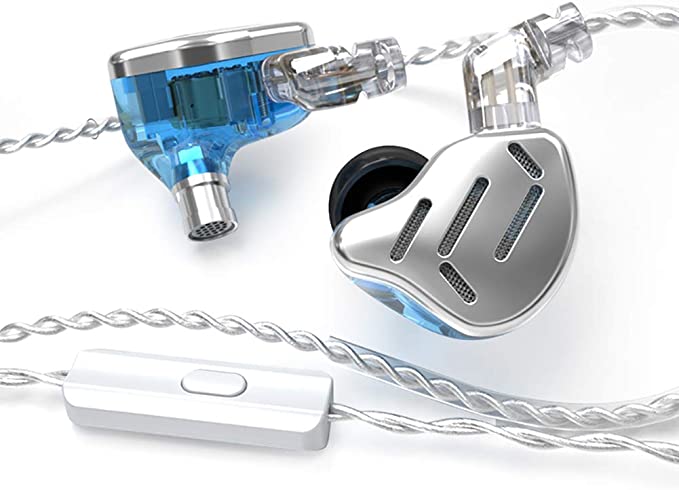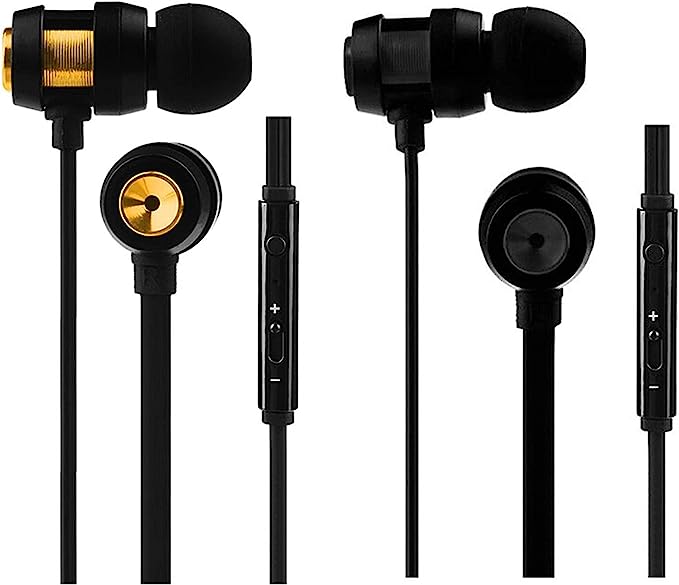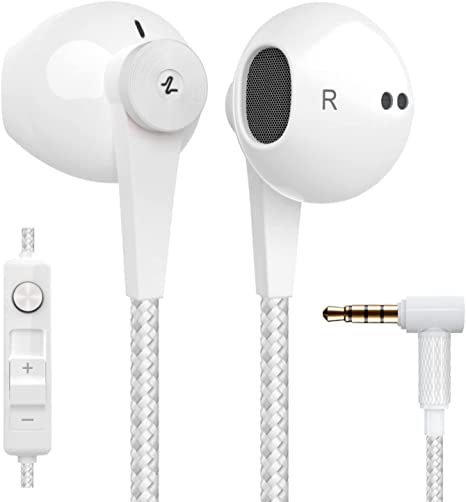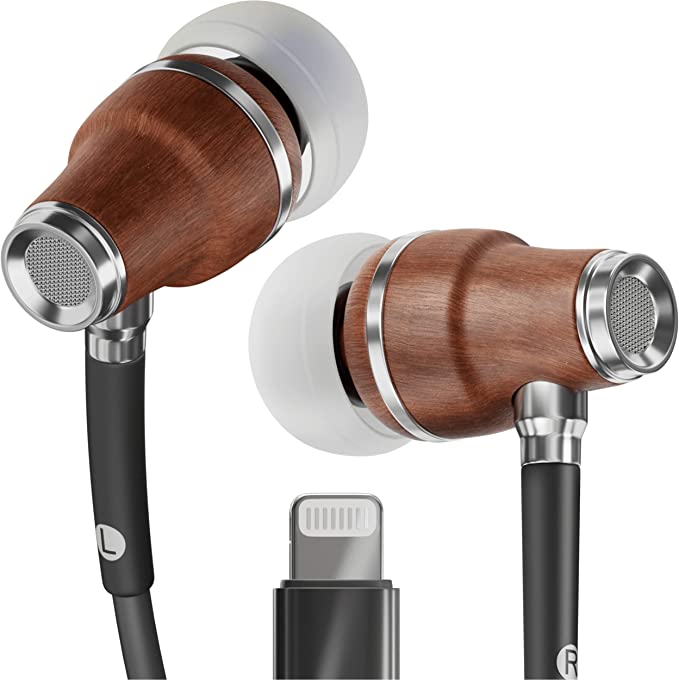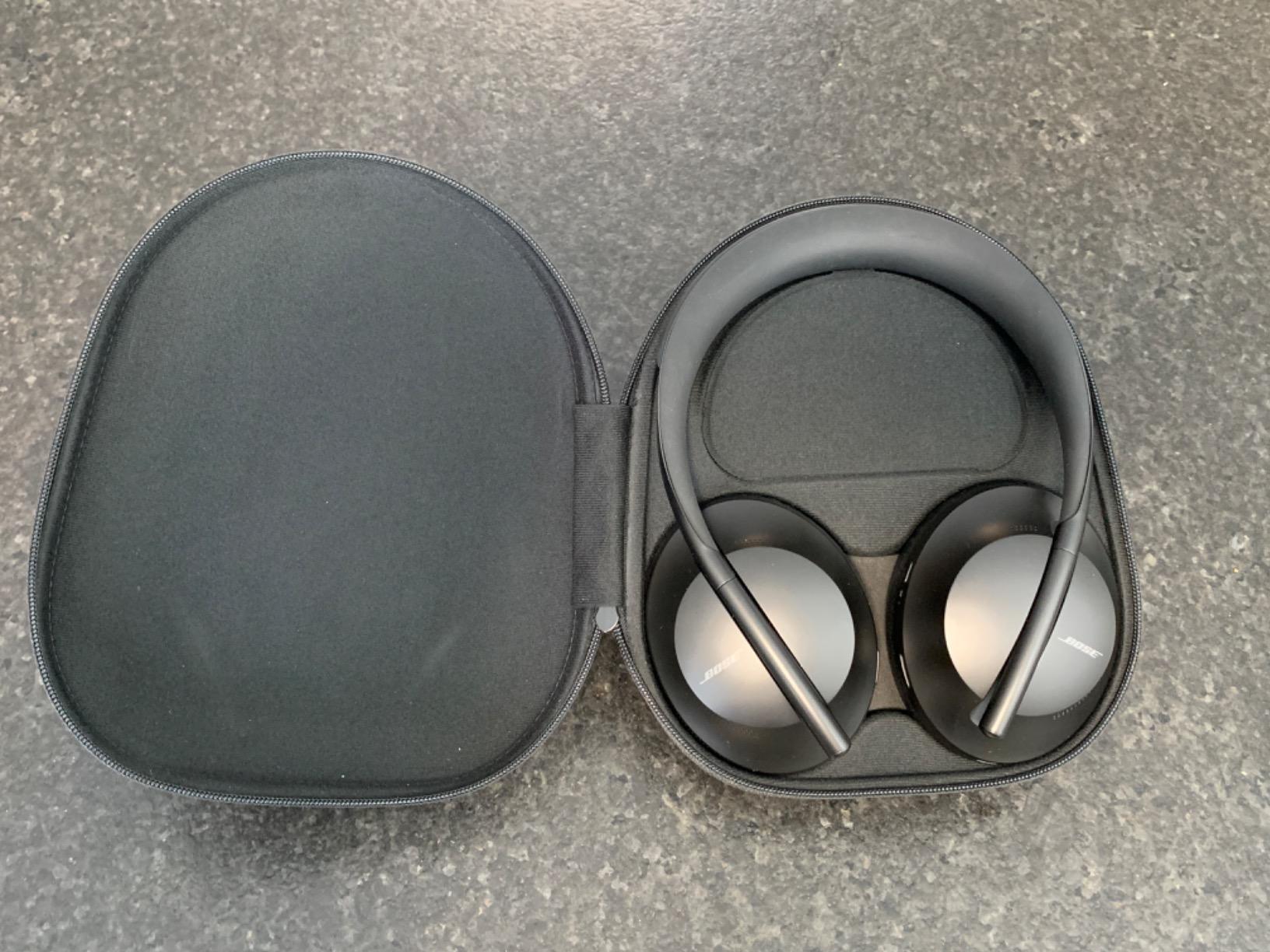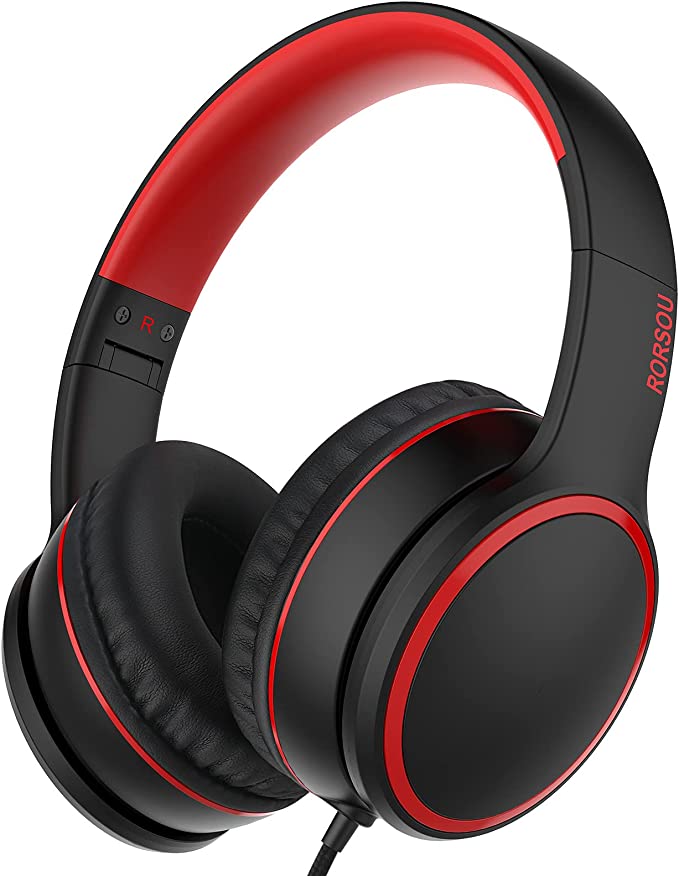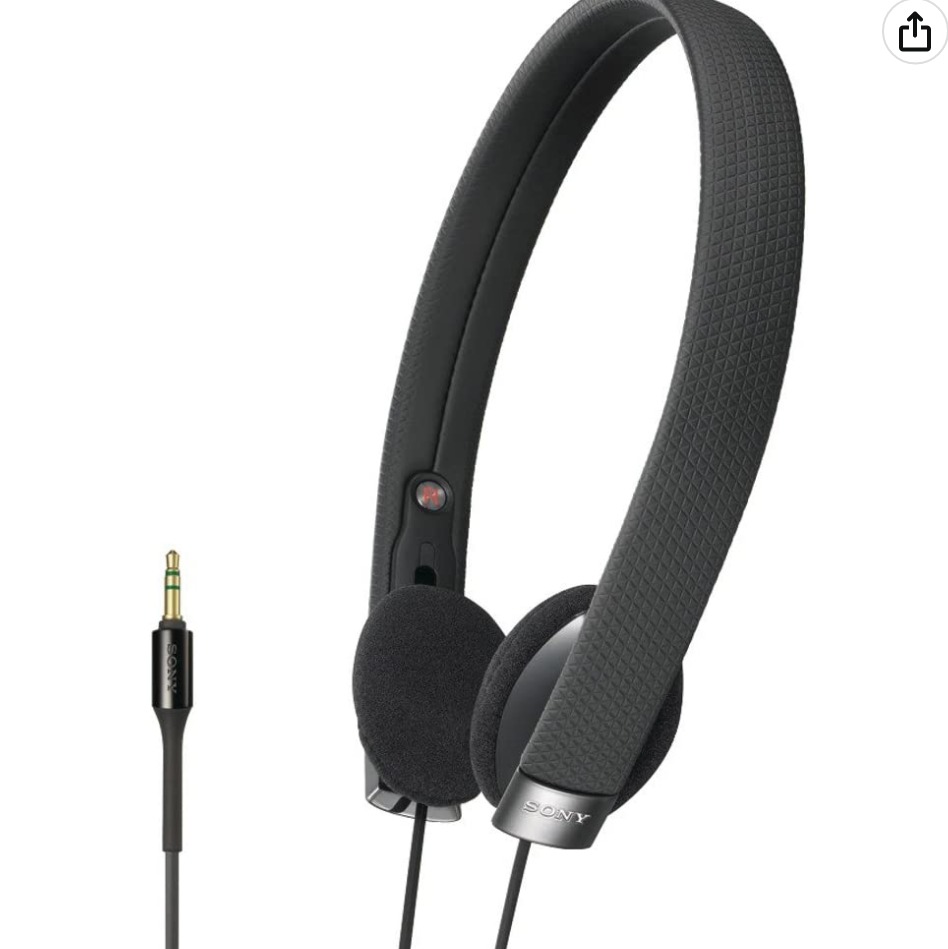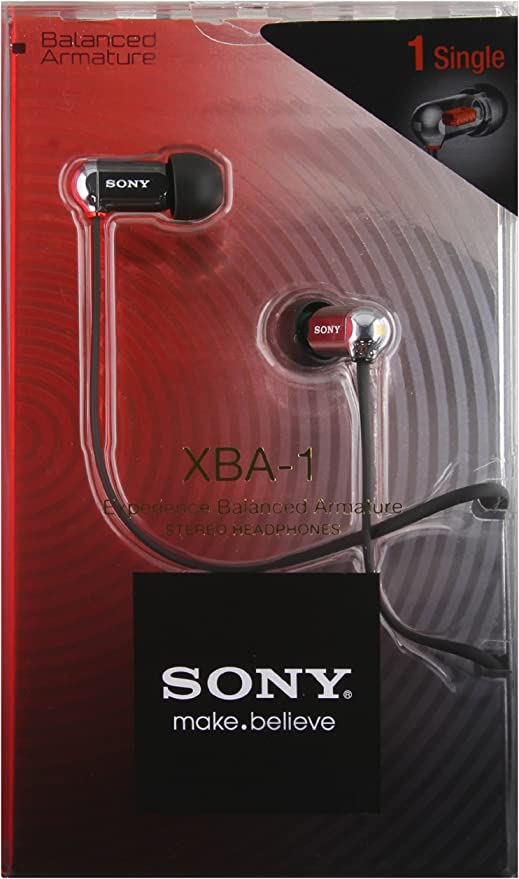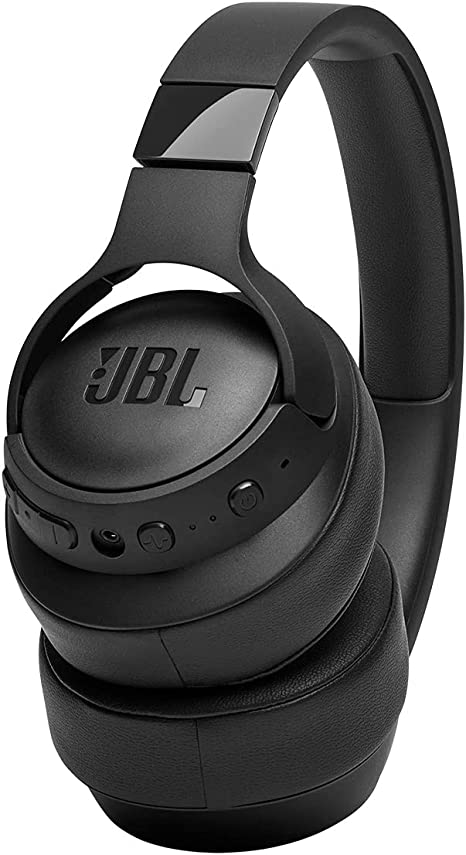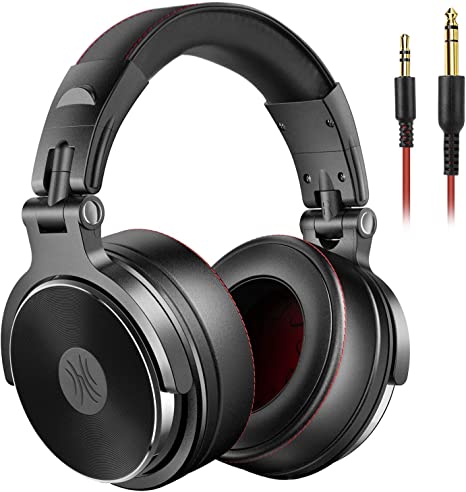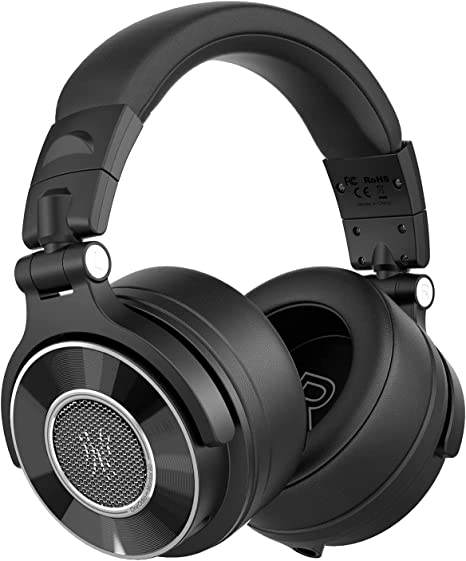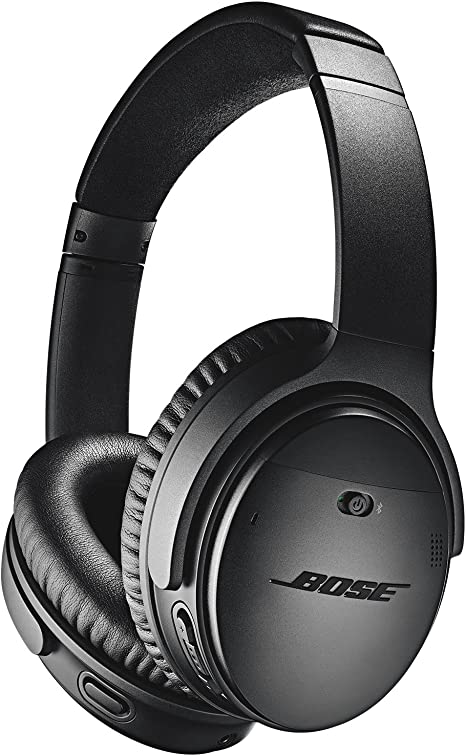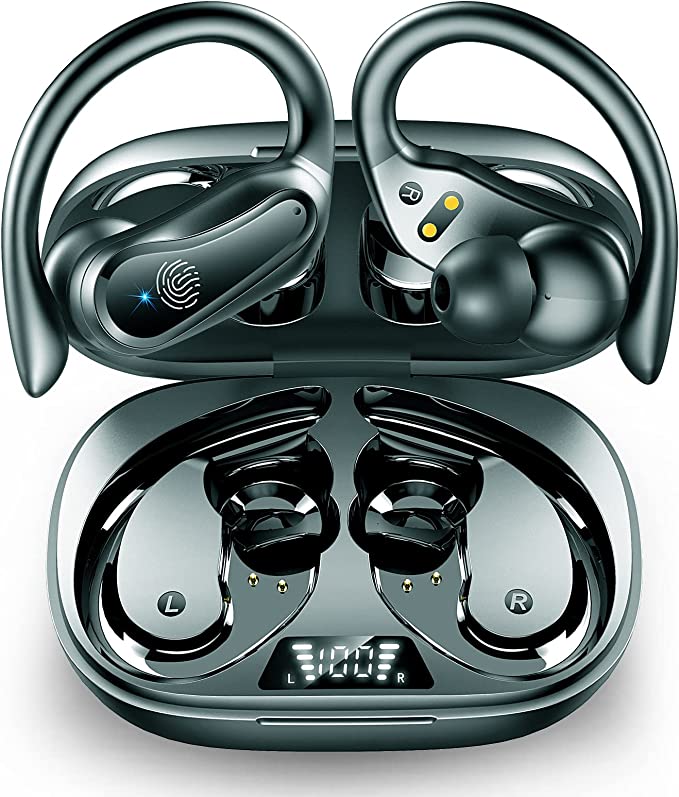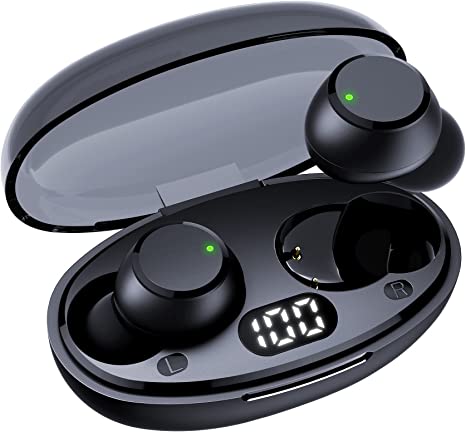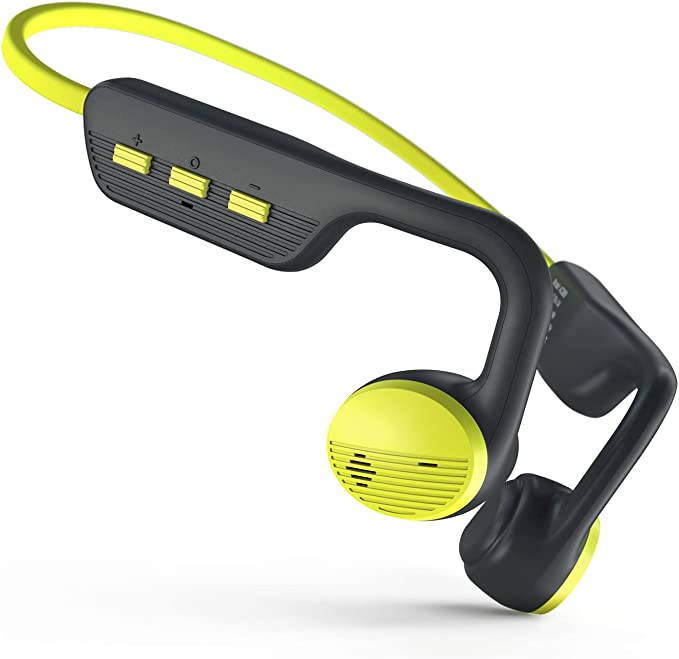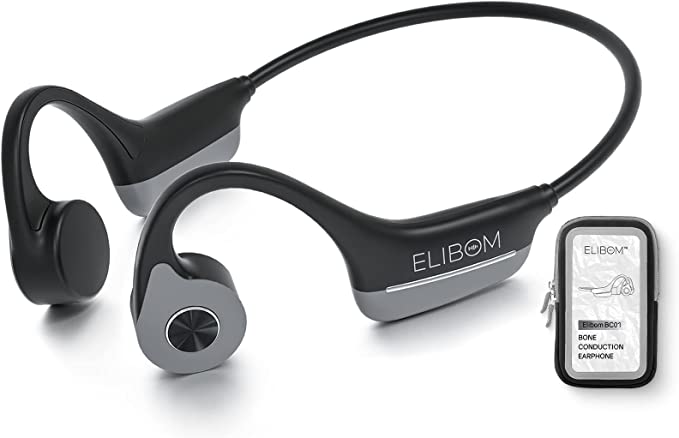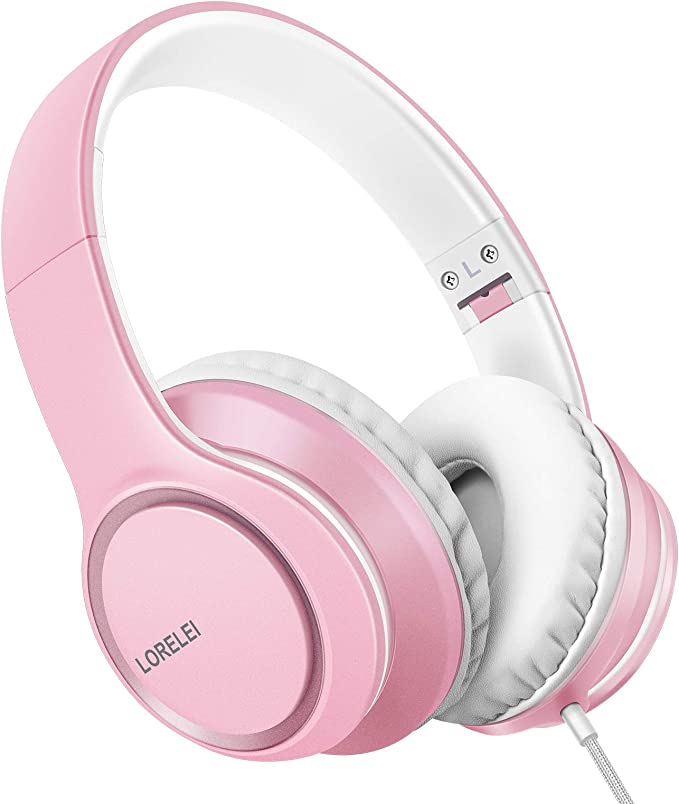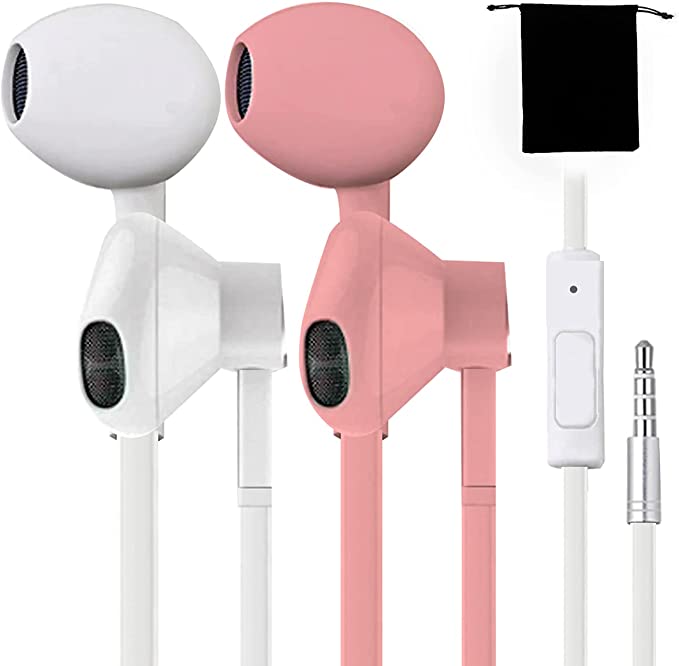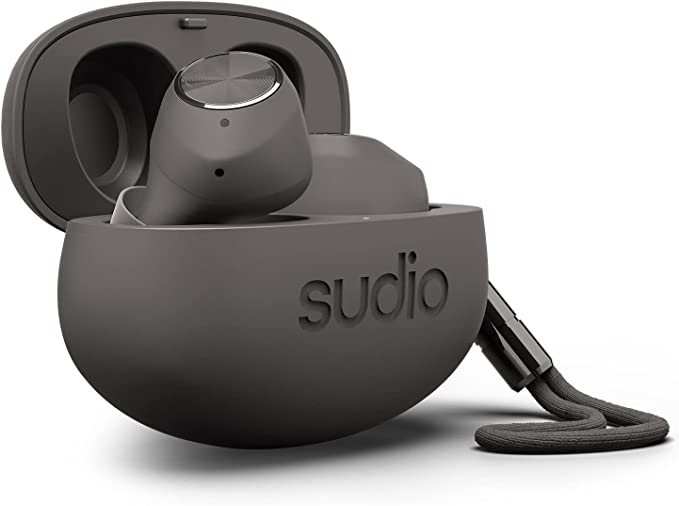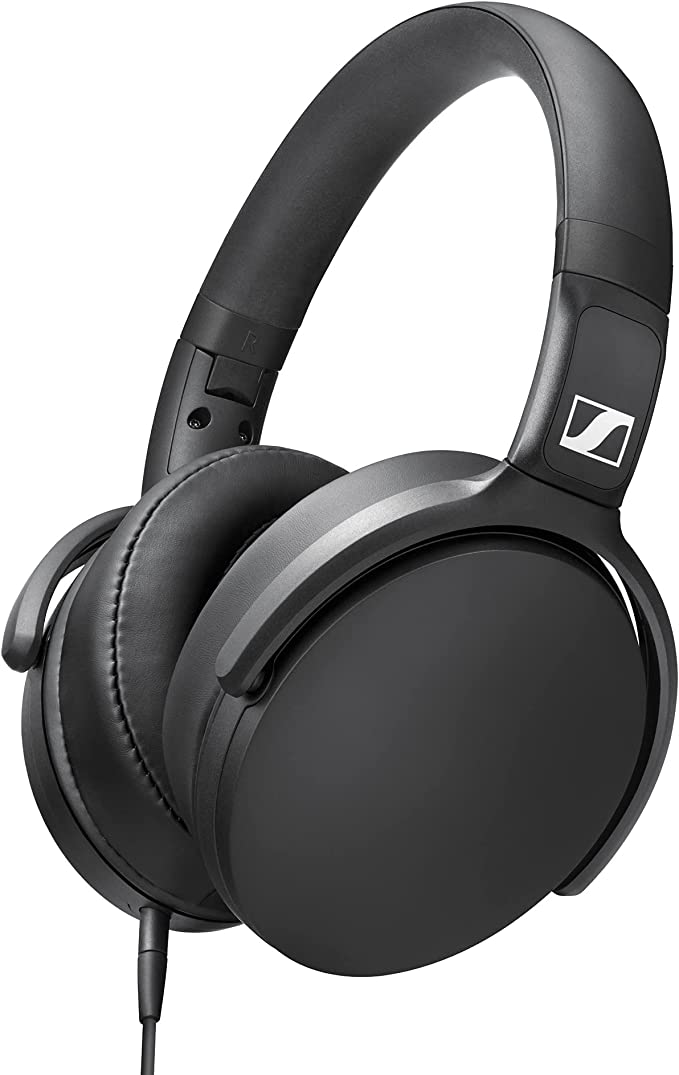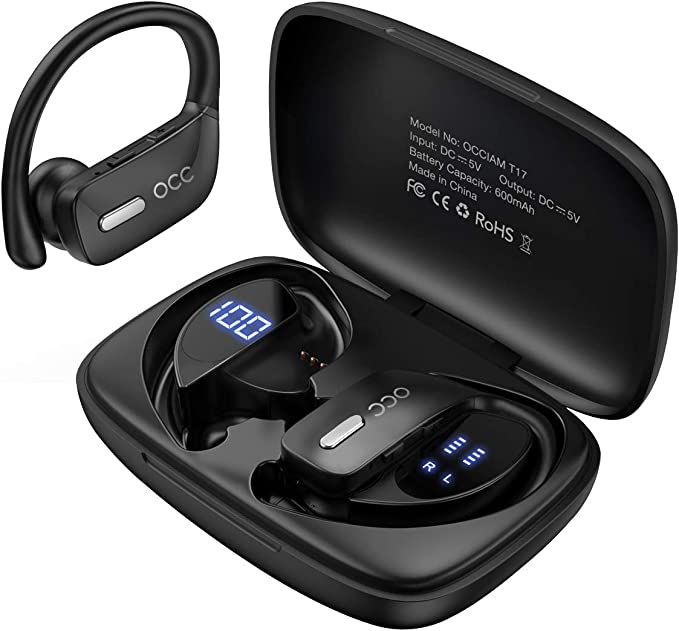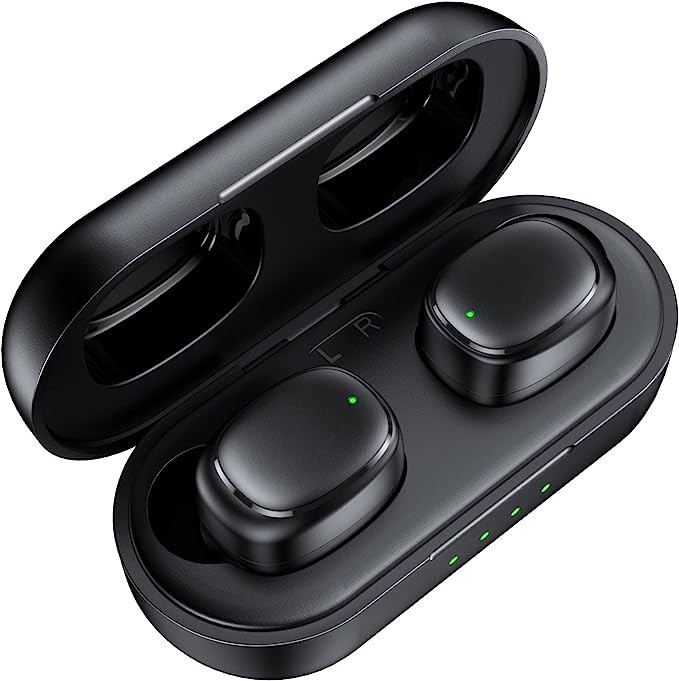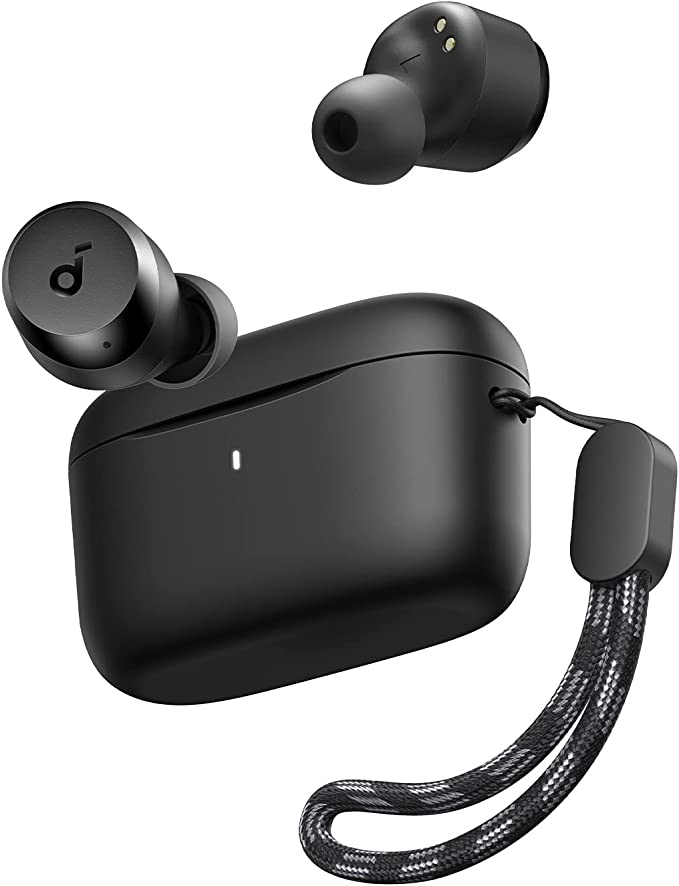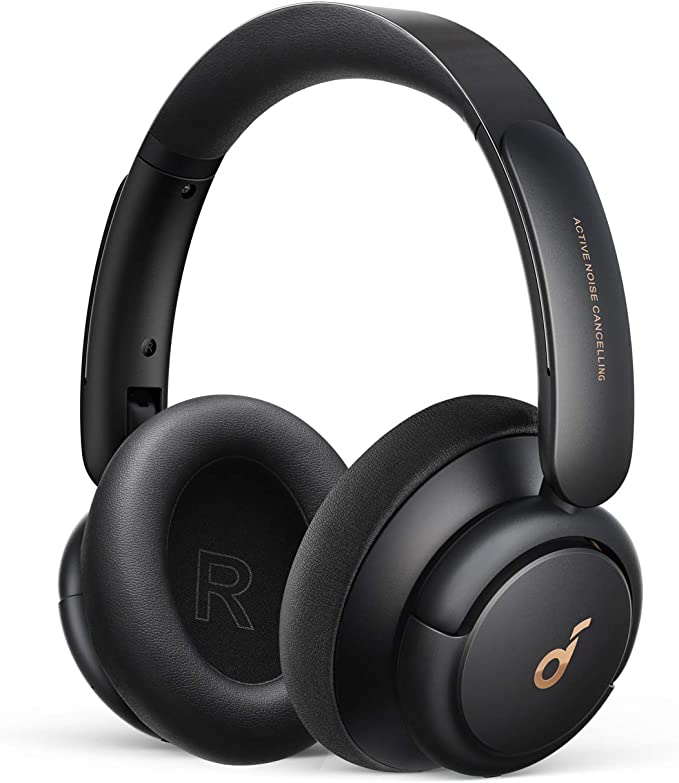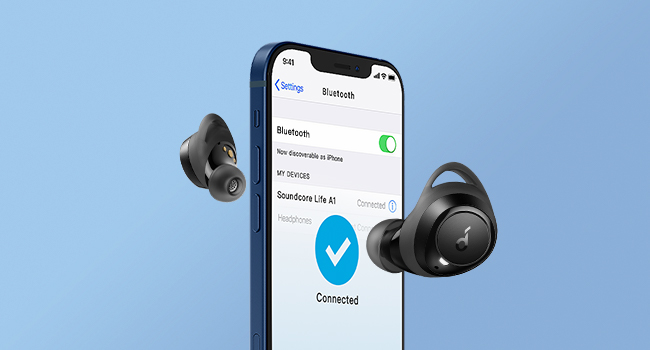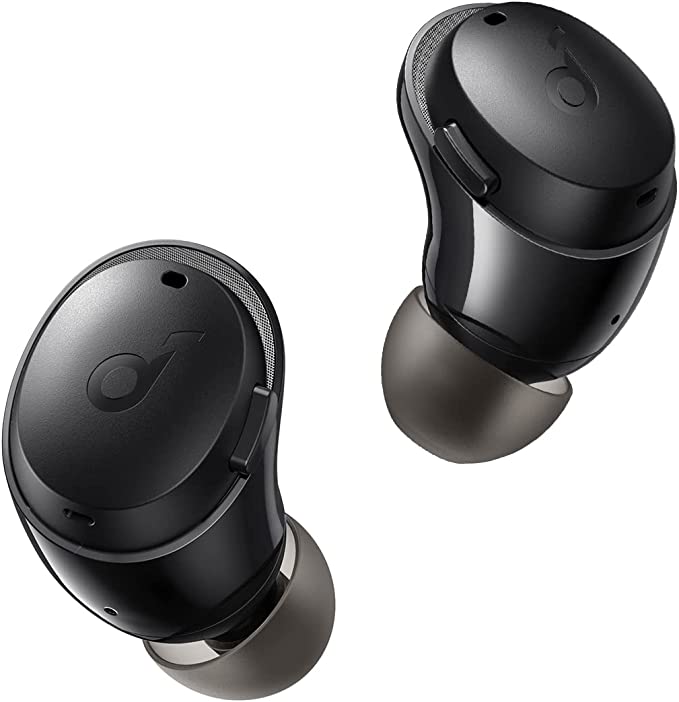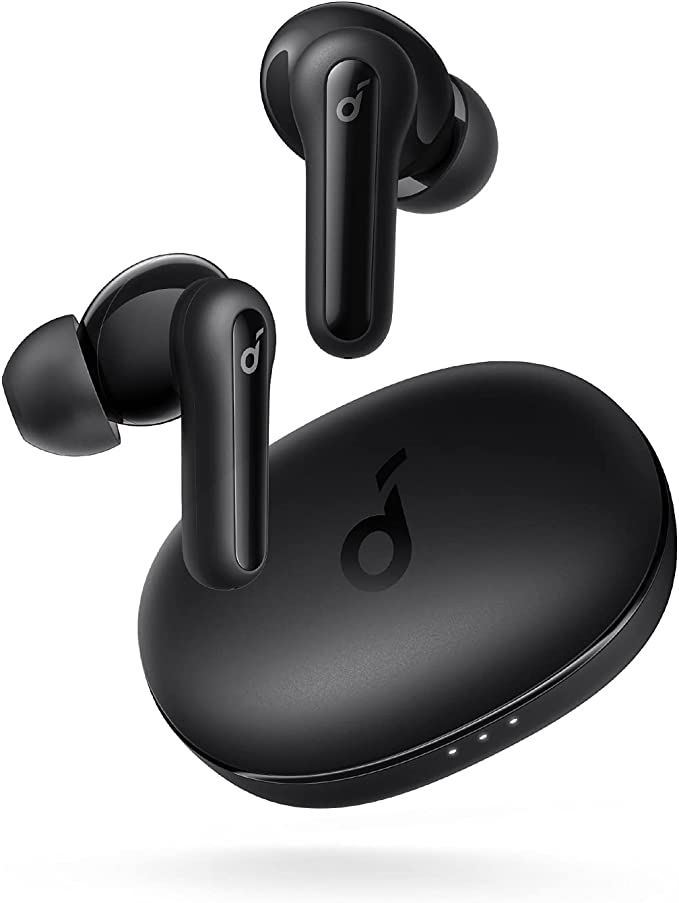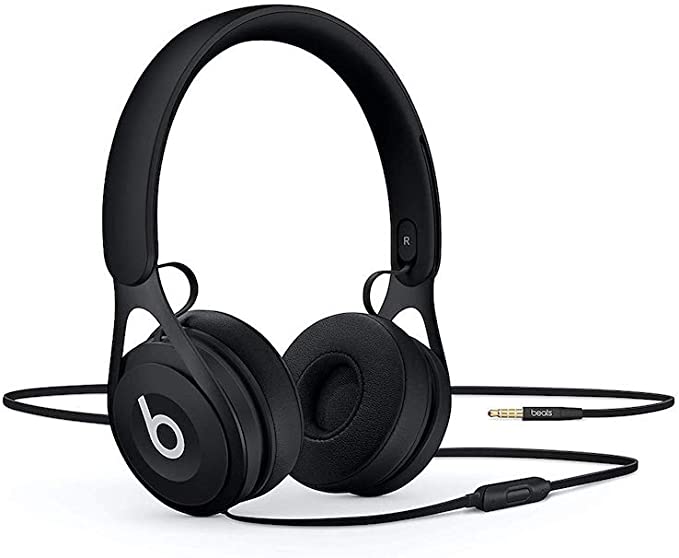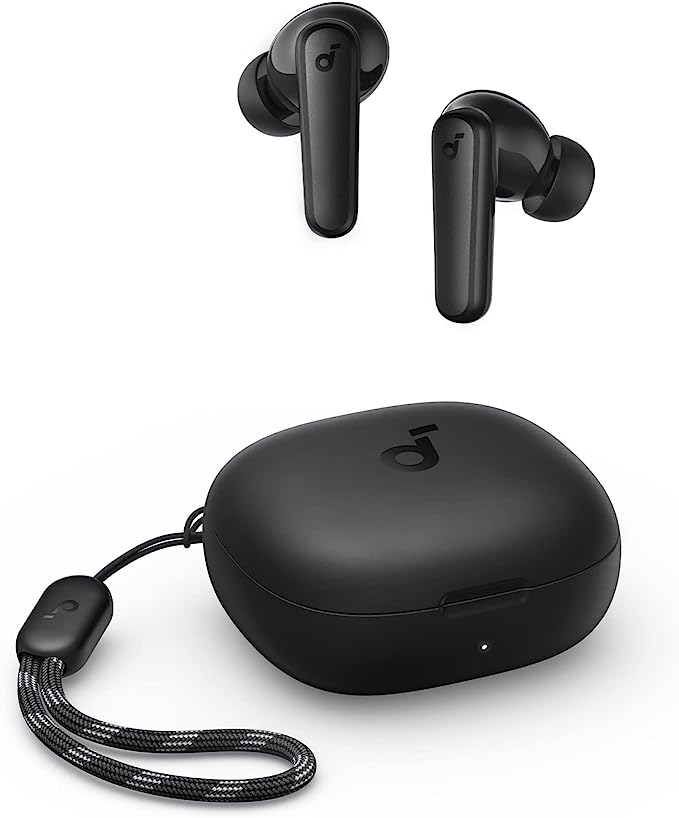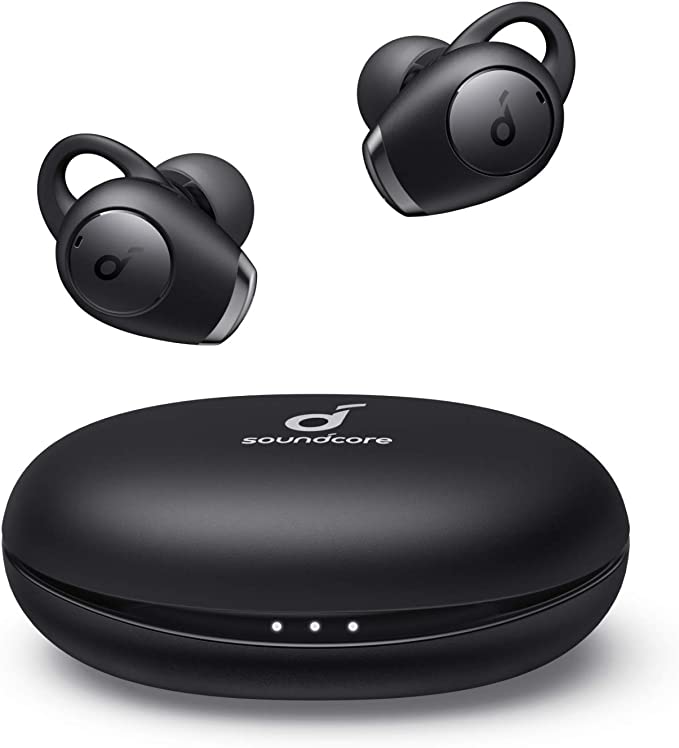Togkun E1 Wired Earbuds: Your Reliable Audio Companion with MFi Certification
Update on March 8, 2025, 4:04 a.m.
Imagine this: You’re on the train, finally immersed in that gripping podcast, when suddenly… silence. Your wireless earbuds have decided to disconnect, leaving you stranded in a sea of awkward commuter silence. Or perhaps you’re mid-workout, powered by your favorite playlist, only to have the music cut out because your earbuds’ battery has given up the ghost. Frustrating, right? These common wireless woes are precisely why wired earbuds, like the Togkun E1, are experiencing a quiet renaissance.

Why Wires Still Matter: The Unsung Heroes of Audio
In a world saturated with wireless technology, it’s easy to overlook the humble wired earbud. But for many, particularly iPhone users, the wired connection offers distinct advantages. It’s not just about nostalgia; it’s about physics. Wireless audio, while convenient, relies on transmitting compressed digital signals via Bluetooth. This compression can, and often does, result in a loss of audio data, impacting the richness and detail of the sound. A wired connection, on the other hand, provides a direct, uncompressed pathway for the audio signal. Think of it like the difference between a streaming video and a Blu-ray disc – the Blu-ray, with its higher data capacity, generally offers superior picture quality.
Furthermore, wired connections eliminate latency – that annoying delay between the audio and video that can be particularly noticeable when watching videos or playing games. For musicians and gamers, this near-zero latency is crucial.

Introducing the Togkun E1: Purpose-Built for Apple Devices
The Togkun E1 wired earbuds are designed specifically for Apple devices equipped with a Lightning connector – iPhones, iPads, and iPod Touches. While the wired connection itself is a significant advantage, the Togkun E1 boasts another key feature: Apple MFi certification. This seemingly small detail is a big deal, and it’s worth understanding why.
MFi Certification: Apple’s Stamp of Quality and Compatibility
MFi, which stands for “Made for iPhone/iPod/iPad,” is Apple’s licensing program for hardware and software peripherals. It’s a rigorous certification process that ensures accessories meet Apple’s strict performance and quality standards. This isn’t just about branding; it has real-world implications for the user.
Think of MFi certification as a guarantee of compatibility. It means the Togkun E1 has been thoroughly tested to work seamlessly with your Apple device. You won’t encounter those frustrating “Accessory Not Supported” messages. Beyond basic compatibility, MFi certification addresses crucial aspects of audio performance and safety. The certification process includes specific tests to ensure the earbuds deliver optimal audio quality, minimizing distortion and maximizing clarity. It also verifies that the accessory won’t damage your device – a vital consideration, especially with third-party accessories. The MFi program also includes checks relating to power management, ensuring the earbuds don’t draw excessive power from your device, potentially harming the battery.

The Journey of Sound: A Deep Dive into Digital Audio and the Togkun E1
So, how does your music actually get from your iPhone to your ears through the Togkun E1? Let’s trace the journey of sound, unpacking some key concepts along the way.
Your iPhone stores music as digital data – a series of 0s and 1s. These represent the sound wave’s characteristics, like frequency (pitch) and amplitude (volume). This digital information is encoded using specific formats (like AAC, which is commonly used by Apple).
The Lightning connector on your iPhone is more than just a physical port; it’s a digital interface. Unlike the old 3.5mm headphone jack, which transmitted analog signals, the Lightning port sends digital audio data directly to the connected accessory.
This is where the crucial role of the Digital-to-Analog Converter (DAC) comes in. Since our ears can only perceive analog sound waves, the digital signal needs to be converted. In the case of the Togkun E1, the DAC is likely located within the Lightning connector housing. This tiny chip takes the digital information and transforms it into a continuous electrical signal that mirrors the original sound wave. The quality of the DAC is paramount to the final sound quality; a better DAC will produce a more accurate and detailed analog representation of the digital audio.
Now, let’s talk about impedance. Impedance, measured in ohms (Ω), is a measure of a circuit’s opposition to the flow of electrical current. In the context of headphones, it’s a crucial factor in determining how well they’ll work with a particular device. The Togkun E1 has an impedance of 32 ohms, which is a sweet spot for portable devices like iPhones. This value ensures efficient power transfer from the iPhone to the earbuds, resulting in sufficient volume levels without draining the battery excessively. Too low an impedance, and the earbuds might draw too much power, potentially distorting the sound or even damaging the device. Too high an impedance, and the earbuds might not be loud enough.
Next up: frequency response. This specification, usually expressed as a range (e.g., 20 Hz to 20,000 Hz for the Togkun E1), indicates the range of frequencies the earbuds can reproduce. The human ear can typically hear sounds within this range, so the Togkun E1 covers the full audible spectrum. A wider frequency response doesn’t necessarily mean better sound; it’s more important that the response is flat across that range, meaning the earbuds reproduce all frequencies equally well, without over-emphasizing certain tones (like bass or treble).
Distortion, measured as a percentage, represents the amount of unwanted alteration to the original audio signal. The Togkun E1 boasts a maximum distortion of 3% (at 1kHz/1mW), which, while not audiophile-grade, is generally acceptable for everyday listening. Lower distortion means a cleaner, more accurate sound.
Finally, we reach the drivers – the tiny speakers inside each earbud. These are likely dynamic drivers, the most common type in earbuds. Dynamic drivers work like miniature loudspeakers, using a diaphragm that vibrates to create sound waves. The quality of the driver materials and construction significantly impacts the overall sound quality.

Beyond Sound: Comfort and Convenience
The Togkun E1 earbuds are designed for comfort, with a lightweight (12g) and ergonomic in-ear design. This aims to provide a secure and comfortable fit for extended listening sessions. The 120cm cable length offers sufficient freedom of movement without being excessively long and prone to tangling.
The in-line remote and microphone are essential features for everyday convenience. The controls allow you to answer and end calls, play/pause music, skip tracks, and adjust the volume, all without having to reach for your iPhone. The integrated microphone allows for hands-free calls.
## Addressing Real-World Feedback
While the Togkun E1 boasts many positive features, and many users are satisfied, it’s important to acknowledge the mixed reviews. Some users report excellent durability, as highlighted earlier, with one user even mentioning the earbuds surviving multiple trips through the washing machine. This suggests a robust build quality, at least in some cases.
However, other users have experienced issues. Some have reported problems with the microphone not working correctly, or the earbuds connecting via Bluetooth despite being wired (which suggests a possible misunderstanding of how the Lightning connection works, or potentially a faulty unit). The lower overall star rating (3.6 out of 5) indicates that these issues are not isolated incidents. It is difficult to ascertain the precise cause of these negative experiences without further information. They could be due to manufacturing defects, user error, or incompatibility with specific iPhone models or software versions. It should also be noted that expectations relative to price could also influence these ratings.
The requirement to “connect via Bluetooth” mentioned in some negative reviews is particularly puzzling, as these are wired earbuds. The Lightning connector handles all audio transmission. It’s possible that these users are encountering a software glitch on their iPhones that incorrectly prompts for a Bluetooth connection, or are confusing the initial setup process (which might involve a one-time pairing-like confirmation) with ongoing Bluetooth operation.
The Wired Renaissance: Finding Your Perfect Fit
Despite the proliferation of wireless options, wired earbuds like the Togkun E1 continue to hold a valuable place in the audio landscape. For those seeking a reliable, no-fuss connection, superior audio fidelity (especially compared to budget wireless earbuds), and freedom from battery anxiety, wired earbuds remain a compelling choice.
They’re particularly well-suited for:
- Critical Listening: If you truly want to appreciate the nuances of your music, a wired connection can offer a more transparent and detailed sound.
- Gaming: The absence of latency is crucial for a responsive gaming experience.
- Music Production: Professionals and aspiring musicians often prefer wired headphones for monitoring and mixing audio due to their accuracy and reliability.
- Travel: No need to worry about charging or pairing issues – just plug in and enjoy.
- Situations where stability takes precedence: Wired connections eliminate drop-outs.
Ultimately, the best type of earbud depends on your individual needs and priorities. The Togkun E1 offers a solid combination of affordability, MFi-certified compatibility, and the inherent advantages of a wired connection. While it may not satisfy the most discerning audiophile, it provides a reliable and enjoyable listening experience for everyday iPhone users.
Further Exploration: Delving Deeper into Audio
If this exploration of the Togkun E1 and the science behind wired earbuds has sparked your curiosity, here are some areas you might want to explore further:
- Headphone Types: Research the differences between dynamic, balanced armature, planar magnetic, and electrostatic drivers.
- Audio Codecs: Learn about different audio compression formats like MP3, AAC, FLAC, and ALAC, and how they affect sound quality.
- Digital Audio Workstations (DAWs): If you’re interested in music production, explore DAWs like GarageBand, Logic Pro, or Ableton Live.
- Hearing Health: Learn about safe listening levels and how to protect your hearing.
- The Physics of Sound: Dive deeper into the science of sound waves, frequency, amplitude, and the human perception of sound.
The world of audio is rich and complex, and the Togkun E1 earbuds offer a great entry point for exploring its fascinating intricacies. They prove that sometimes, the simplest solutions – those grounded in solid engineering principles – are the most effective.

